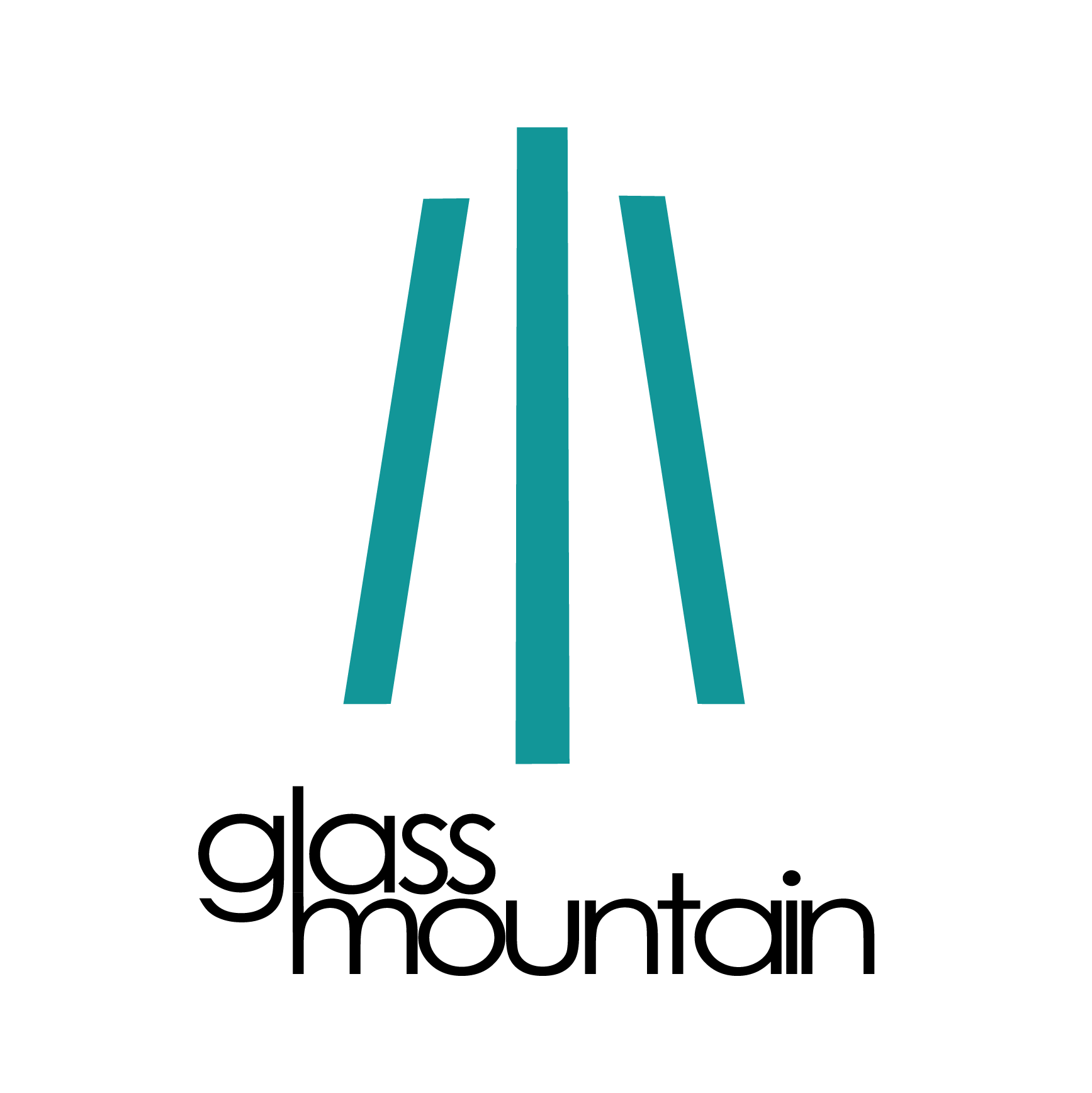
Kim Stanley Robinson is one of the great living sf writers, but I’m currently reading his first nonfiction book, The High Sierra: A Love Story, about mountains and hiking and friendship and being alive in the world. It’s really making my girlfriend and me want to visit the Sierras, where I will likely die because I am not an experienced hiker. Also, I am cited in the acknowledgements (I gave him a little advice in a letter about how to find the voice in nonfiction) and I’m not even trying to be cool about this, I’m just unabashedly bragging here. He’s been one of my favorite writers for years and now I am mentioned in his acknowledgements. This is far and away the coolest thing about my writing career.
Also reading Bleak House, by Dickens. In case this sounds like some boring fusty classic to you, lemme tell you: you got a legal case that’s become legendary, dragging on for generations, devouring whole lives and careers; you got a sanctimonious phony who devotes all her time and efforts to helping Africa and meanwhile lets her own children live in squalor; you got a sinister wizened pawnshop owner who spontaneously combusts out of his own sheer evil. What else do you want?
Favorite: that graphic novels are at least semi-respectable now. I used to be a cartoonist, so this development cheers me. It was nice to see Maus get a little belated attention-bump when neo-Nazis banned it, although there are dozens of graphic novels just as good or better.
Least favorite: like, I’m happy if the Harry Potter books got an entire generation to read big thick books, but quite a lot of those readers never really graduated from YA, so that now a lot of allegedly adult literature is basically YA, with protagonists custom-designed for you to identify with, “relatable” situations and problems, clearly delineated good and bad characters, satisfyingly unambiguous outcomes, and nothing that discomfits you or contradicts the ideas and beliefs you went into it with.
Possibly Robert Stone’s Outerbridge Reach, about a man who enters a race to sail single-handed around the world, even though he secretly knows he’s not remotely qualified. I keep hoping it’ll turn out differently. Also I love the characters but can’t quite understand them, just like people in real life.
I also had to read Infinite Jest about three times just to get through it and parse out the plot, and then read it a fourth time for enjoyment, then probably have re-read most of it just flipping through it idly. Maybe four or five times doesn’t seem like that many, but it’s a thousand-page book, with endnotes.
Using ready-made language — clichés, stock phrases — that pop into your head, without realizing you didn’t actually “write” them. Go through and cut them and figure out how to say it your own way. I hate ever writing a boring sentence.
Imagining that your life is as inherently interesting to other people as it is to you. If you’re writing nonfiction, it ultimately has to be about the reader, not about yourself.
I think more artists ought to be up-front about money. You don’t have to come from money to be an artist but let me tell you, it helps. A number of famous writers are heirs or heiresses to various fortunes. My parents were medical professionals, fairly well-off, and subsidized my ambitions in a lot of ways—from sending me to writing classes for young people to paying for college to subsidizing my worthless goofball life during the years when I was unemployable and learning how to write. So I myself didn’t actually spend a lot of money on becoming a writer, except on books and postage and a laptop every few years, but money was spent on me. This isn’t to say that you can’t become a writer coming from any class. But learning an art requires a serious investment in time, and money buys time. In fact it’s probably the single most valuable thing you can buy. So I’d say the best money I ever spent as an artist was on time.
Tim Kreider is the author of the essay collections We Learn Nothing and I Wrote This Book Because I Love You. He currently has a regular column at Medium, and has contributed to The New York Times, The New Yorker‘s “Page-Turner” blog, al Jazeera, Vox, Nerve, the Men’s Journal, The Comics Journal, Film Quarterly, and Fangoria. His cartoons have been collected in three books by Fantagraphics Books. His cartoon, “The Pain—When Will It End?” ran for twelve years in the Baltimore City Paper and other alternative weeklies, and is archived at the paincomics.com.
Tim was born and educated in Baltimore, Maryland. He lives in New York City and an Undisclosed Location on the Chesapeake Bay. His cat died in 2013.
For more information on Kreider’s latest release here: http://timkreider.com/


